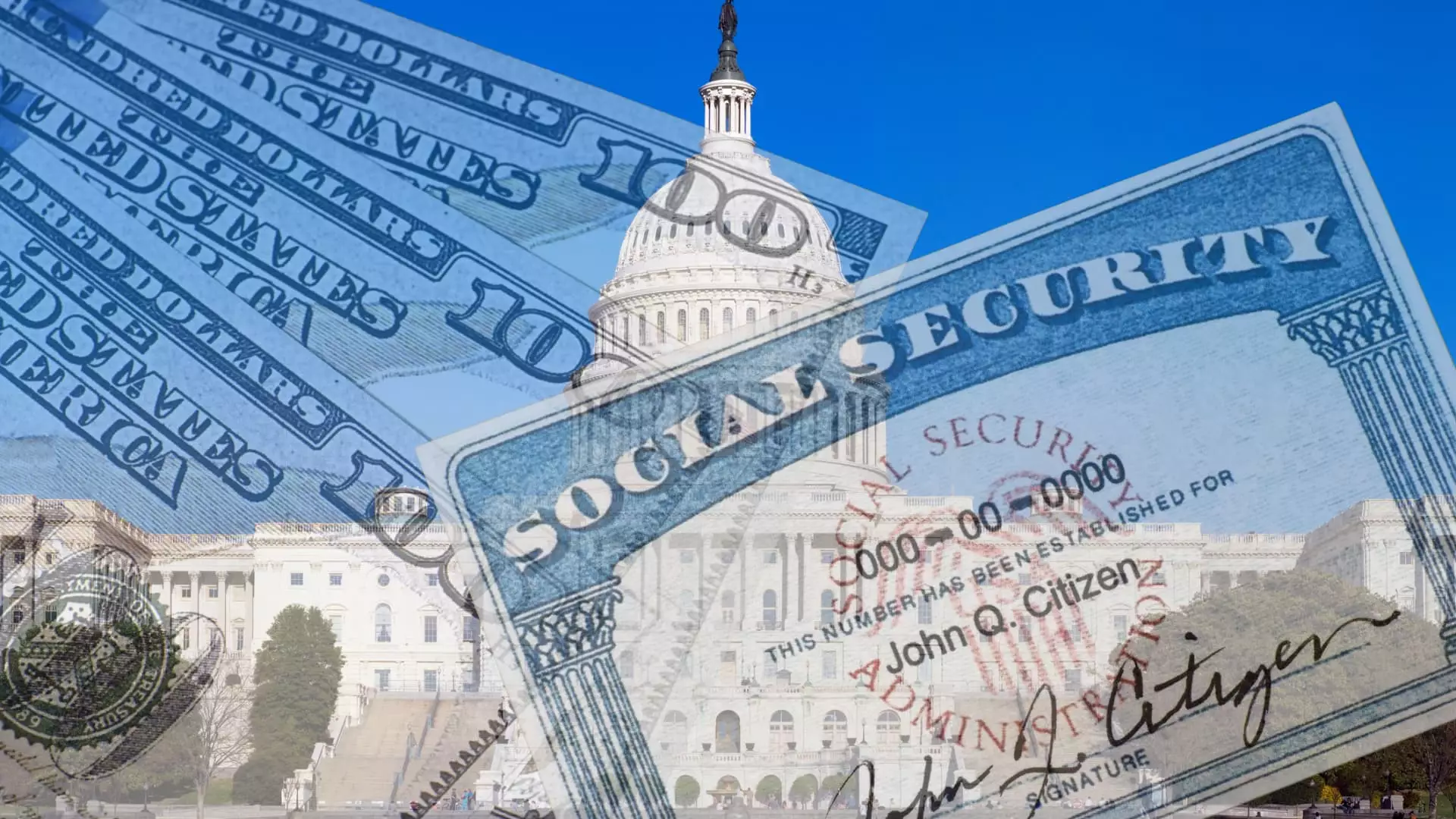The ongoing legislative discussions surrounding the Social Security Fairness Act are emblematic of broader issues faced by public workers and retirees in America today. As Congress grapples with the threat of a government shutdown, the Senate’s consideration of this significant bill highlights a multifaceted struggle over Social Security benefits that potentially impacts millions of workers. This article will delve into the ramifications of the legislation, its bipartisan support, financial implications, and the potential for amendments that could reshape it as it moves through the Senate.
An Overview of the Social Security Fairness Act
At its core, the Social Security Fairness Act seeks to eliminate two provisions that have historically affected certain public workers—namely, the Windfall Elimination Provision (WEP) and the Government Pension Offset (GPO). The WEP penalizes individuals who receive pension benefits from non-Social Security-covered jobs, while the GPO reduces benefits for spouses and survivors receiving government pensions. Collectively, these provisions impact approximately 3 million individuals, predominantly teachers, police officers, and firefighters, imposing financial burdens on those who have contributed to their pensions. Organizations dedicated to advocating for these workers have voiced strong support, arguing that benefit reductions unjustly penalize those with diversified income sources.
John Hatton of the National Active and Retired Federal Employees Association articulated a widely shared sentiment: “You shouldn’t penalize people for income outside of a system when you’ve paid into it and earn that benefit.” His assertion underscores the longstanding call for reform, a demand that has persisted for over four decades.
Bipartisan Momentum in a Fractious Political Climate
Interestingly, the Social Security Fairness Act has garnered overwhelming bipartisan support, a rarity in today’s highly polarized political environment. The House passed the bill with a significant majority, and preliminary votes in the Senate indicate similar enthusiasm for its advancement. Recent cloture motions revealed strong backing with 73 votes each, signaling a desire among legislators to move the proposal forward.
However, the potential for amendments looms large over the bill. Senators from both sides are keen to propose changes that could alter the original intent of the legislation, illustrating a delicate balancing act between ensuring vital protections for affected workers while navigating the fiscal realities that Congress continually faces.
The economic realities associated with the Social Security Fairness Act are substantial. The Congressional Budget Office estimates that the proposed elimination of the WEP and GPO would cost approximately $196 billion over the next decade. This figure raises alarm among certain lawmakers, especially given that the Social Security trust funds are already facing depletion projections in the coming years. Critics like Senator Rand Paul have suggested offsets to these costs, including a proposal to raise the retirement age to 70, as a means of strengthening the program long term.
Indeed, the financial sustainability of Social Security is a concern that reverberates through discussions about any modifications to its structure. The inherent tension between providing fair benefits to workers and maintaining the fiscal health of the program represents a formidable challenge for lawmakers seeking to reconcile the interests of various stakeholders.
As the Senate continues deliberating the Social Security Fairness Act, the potential for amendments could drastically reshape the legislation. Some proposed changes include alternative formulas for calculating benefits, aimed at addressing financial concerns while still providing additional protections for affected workers. For example, an amendment from Senators Ted Cruz and Joe Manchin advocates for proportional calculations rather than outright repeal of provisions like the WEP and GPO, reflecting a shift towards compromise in policy discussions.
Mentalities are also shifting among advocacy groups, with many now pushing for comprehensive reform that might integrate tax increases to fund enhanced benefits. The sentiment is clear: while the Social Security Fairness Act is an essential first step, broader systemic change might be necessary to ensure long-term security for public employees.
The Path Ahead: Timing and Challenges
Much hinges on Senate Majority Leader Chuck Schumer’s next moves, as he can determine whether amendments will be allowed, potentially complicating negotiations. Observers suggest that the most probable scenario is a swift vote without major changes, but the ongoing challenges, including the looming government shutdown, add layers of complexity to this process.
While opponents of the bill may attempt to delay proceedings, current bipartisan momentum suggests an eventual passage is likely—albeit with ongoing discussions about the financial implications and amendments shaping its final form. Advocates remain hopeful, viewing this juncture not merely as a legislative battle but as a defining moment in the fight for fair treatment for public servants across the nation. However, navigating the intricate web of political interests and financial realities will be crucial as the bill approaches its final vote.

